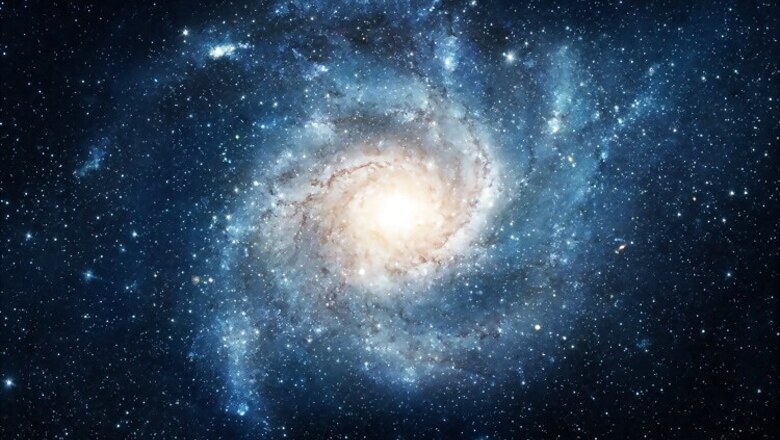
views
New York: Offering a new way of determining a galaxy's age, astronomers have detected thousands of stellar "pulses" - regular up and down changes in brightness - in a distant galaxy.
The team studied the elliptical galaxy M87, located 53 million light-years from Earth in the constellation Virgo.
"We tend to think of galaxies as steady beacons in the sky, but they are actually 'shimmering' due to all the giant, pulsating stars in them," said one of the researchers Pieter van Dokkum, professor and chair of the astronomy department at Yale University in New Haven, US.
Near the end of their lifetime stars begin to pulsate, increasing and decreasing their brightness by a large amount every few hundred days. In our own Milky Way galaxy, many stars are known to be in this stage of life.
It is the first time scientists have measured the effect that pulsating, older red stars have on the light of their surrounding galaxy. In distant galaxies the light of each pulsating star is mixed in with the light of many more stars that are not varying in brightness.
The team focused on the galaxy M87 and examined a unique series of images taken with the Hubble Space Telescope over the course of three months in 2006.
Analysis of the Hubble data showed that the average pixel varies on a timescale of approximately 270 days.
The regular up and down changes in brightness are reminiscent of a heartbeat, the study said.
"It is as if we are taking the pulse of the galaxy," lead researcher Charlie Conroy, assistant professor at Harvard University pointed out.
Their discovery offers a new way of measuring the age of a galaxy, because the strength and speed of a galaxy's heartbeat varies depending on its age.
The team found that M87 is about 10 billion years old, a number that agrees with previous estimates using different techniques.
The discovery of stellar heartbeats should not be specific to M87 and every galaxy in the universe likely shows similar distinctive patterns, the researchers said.
The findings appeared in the journal Nature.

















Comments
0 comment